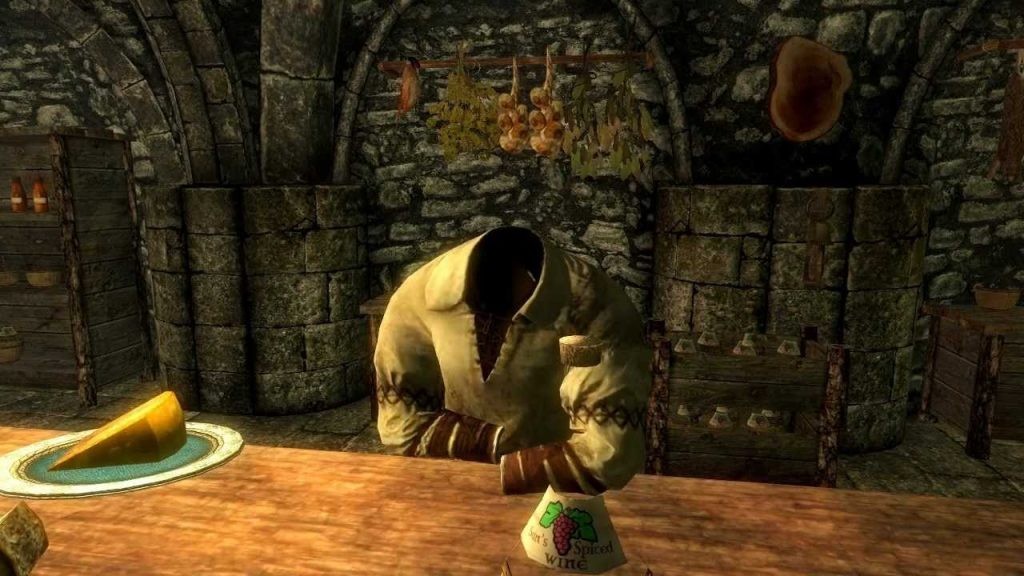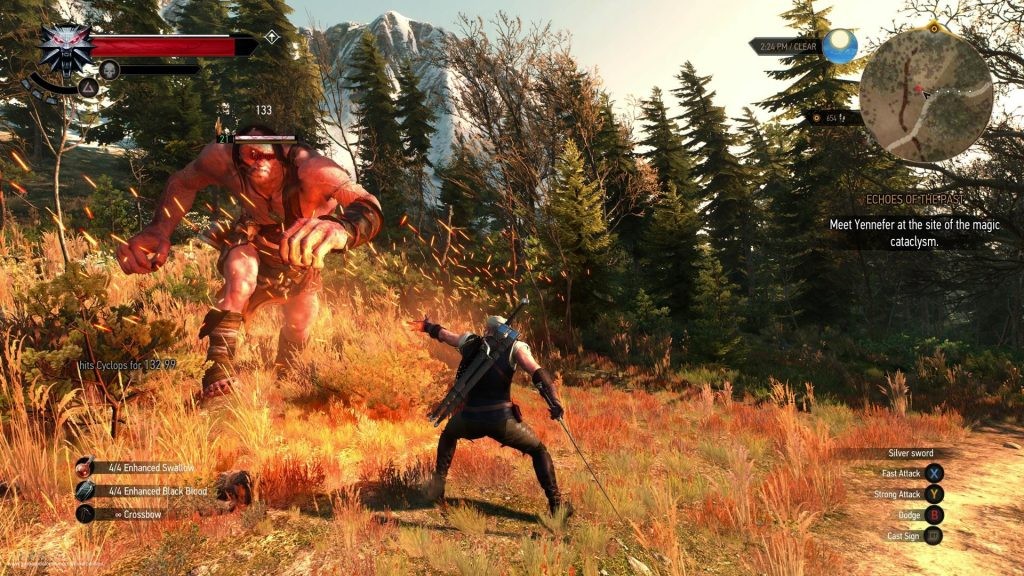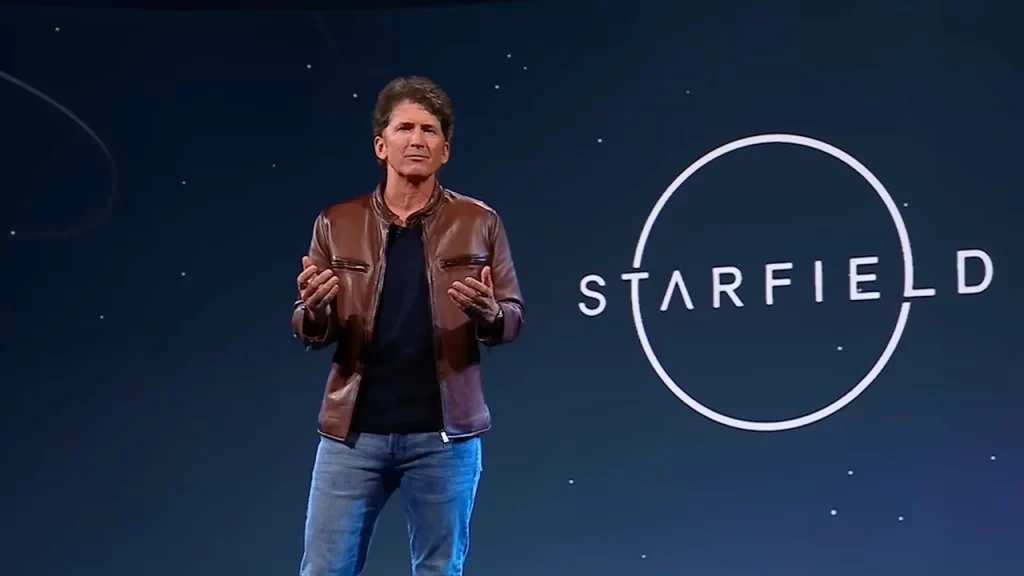Bethesda Game Studios recently released Starfield. The notorious developer has long held a reputation for creating vast, immersive open-world experiences. However, this reputation has been marred by the litany of bugs and glitches that have plagued its games over the years.
With the release of Starfield, – the studio’s first original IP in over two decades and the first game released since Xbox’s acquisition of ZeniMax Media, – Bethesda had no choice but to deliver a polished, bug-free experience. The success of Bethesda’s space RPG was always undeniably dependent on minimizing bugs, not only to rectify past mistakes but also to prove that Bethesda can still compete in the current era of game development.
Bethesda’s bug-infested past.

Bethesda’s track record with bugs in their games is notorious. Fallout 76, the team’s first foray into the multiplayer survival genre, was released with a litany of technical issues that severely hindered the gameplay experience. The Elder Scrolls Online was not developed directly by Bethesda Game Studios but it was created by another internal Zenimax studio. It too had its share of launch problems due to game-breaking glitches. These past failures placed Bethesda under intense scrutiny when it came to its future projects, including the highly anticipated Starfield.
With Starfield, Bethesda had more than just their past failures to contend with. The acquisition of ZeniMax Media by Xbox in 2020 meant that Starfield would be the first Bethesda title released under the Xbox Game Studios banner. This transition put an additional spotlight on the game’s critical reception. Xbox had invested heavily in the acquisition, and Starfield’s release feels like a pivotal moment to demonstrate the potential power of this union.
Also read: Starfield Had a HUGE 2 Million Players in Early Access
Additionally, Starfield marks Bethesda’s first attempt at creating a new original IP in over twenty years. This departure from the company’s established franchises like The Elder Scrolls and Fallout felt like a bold move when it was first announced, signifying Bethesda’s desire to evolve as a game developer. The success of Starfield will not only determine the fate of this new IP but also set the tone for Bethesda’s future endeavours going forward.
Starfield is more than a game, it is a glimpse into the future of gaming.
Starfield should really be looked at as Bethesda’s vision of the future of gaming. As the gaming industry evolves, so do player expectations. Gamers now demand experiences that are not just expansive but also technically sound. Bugs and glitches have become less tolerable in a landscape where other studios are seemingly able to consistently deliver polished titles.

Bethesda had to prove that they could adapt to this changing environment. Starfield was its opportunity to showcase their commitment to quality and their ability to meet modern gaming standards. The company’s reputation was on the line, and they had to rise above their past shortcomings.
The Fallout from past failures.
The lasting negative reputation of Fallout 76 came as a harsh lesson for Bethesda. The game’s release was a disaster, with countless bugs and performance issues plaguing the experience. Bethesda faced widespread criticism, legal action, and refunds due to the game’s quality problems. It was a huge misstep by the company, and one that they were determined not to repeat with Starfield.
The Fallout 76 debacle also spoke to a growing distrust between players and developers across the industry. Gamers were becoming more wary of pre-ordering titles, fearing they would receive an unfinished product. Bethesda needed to regain player trust, and delivering a bug-free Starfield was a crucial step in that direction.
Also read: Potatoes Galore! Starfield Gamer Stuffs 20,000 Spuds Into the Cockpit of His Spacecraft
The developer simply could not afford to underestimate the importance of quality assurance and bug testing. They recognized that delivering a bug-ridden Starfield would not only damage the game’s reputation but also their own. To avoid a repeat of Fallout 76’s disastrous launch, Bethesda invested heavily in bug testing and quality control. They engaged in extensive playtesting, seeking feedback from players and addressing issues proactively.
Bethesda also implemented a more open communication strategy with their player base, keeping them informed about the game’s development progress and improvements made along the way. This transparency aimed to rebuild trust and assure players that Starfield would not suffer the same fate as their previous titles.

Todd Howard’s team had a lot to prove with Starfield, not just in terms of technical quality but also in rebuilding player trust. The fallout from past failures served as a stark reminder of the consequences of releasing a buggy game. The gaming industry had evolved, and players expected a polished experience.
To their credit, Bethesda recognized the importance of delivering a bug-free Starfield. They invested in extensive quality assurance measures, engaged with their player base transparently, and learned from past mistakes. Starfield isn’t just a game; it is a pivotal moment that will define Bethesda’s future in a changing gaming landscape. Ultimately, the success of Starfield was never just about the game itself but about Bethesda’s ability to adapt and meet the demands of a new era of gaming.

